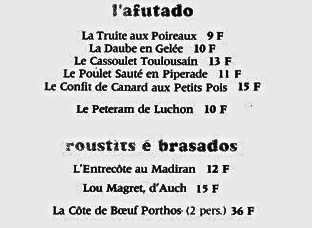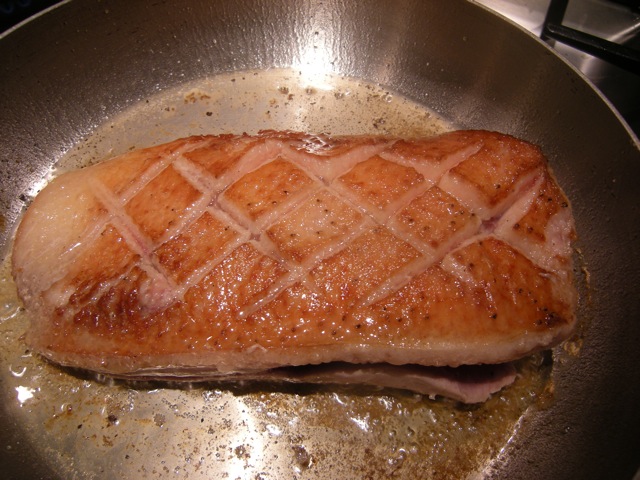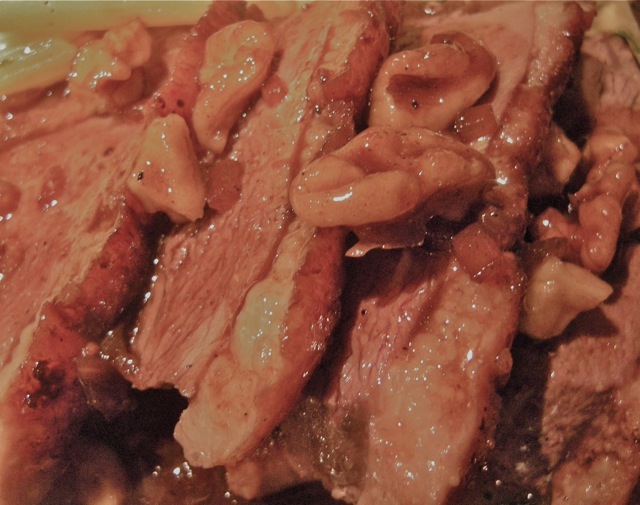Yes! Scream for my Mint Ice Cream, and there’s not even cream in it.! Not because I am concerned about cutting the calories down, no, but simply because for years I thought this was the way ice cream was always made. When I grew up at the family Hotel Poste & Golf in Luchon, I really enjoyed hanging out in the kitchen but especially when Crème Glacée was au menu. Yummy! I would always get the first taste and get to leak the giant paddle. I loved vanilla flavor the best, though coffee, chocolate, caramel where not bad either.
In French the generic term for ice cream is glace, so for a long time, and because of the recipe I am about to share with you, I didn’t know there was cream in ice cream and to me the cream referred to was the one I watched the cook make on the stove. Well, I have found out about all the other ice creams, gelati, sorbets… but this is still my favorite recipe, so here it is:
The process starts by making a crème anglaise or custard which is what gives the rich, velvety texture with a clean refreshing finish. The recipe I used is based on an Escoffier recipe I have adapted.
Ingredients:
1 quart of whole milk (organic pasture is best)
7 egg yolks
1 cup of sugar
a dash of vanilla
1 fresh bunch of mint
Recipe:
Boil the milk.
In a bowl stir energetically the egg yolks and sugar with a wooden spoon until the mixture becomes almost white and the texture can form a “ribbon” when lifted.
Poor the milk in the mixture slowly and mix thoroughly.
Poor the mixture back into a clean pan over low/medium heat. Stir constantly making an “8 shape” in the pan with a wooden spoon. Never bring it to a boil, your cream will curdle and will be ruined* . Your cream is ready when thick enough to coat the spoon.
Once the cream is cooked, add the clean fresh mint and let infuse until the mixture cools down completely. Strain and reserve in the fridge overnight. The next day your cream will have thickened more and you are now ready to churn it. I use a Cuisinart ICE-30BC Pure Indulgence 2-Quart Automatic Frozen Yogurt, Sorbet, and Ice Cream Maker, a great present from my son Joseph & his wife. It takes less than 25 minutes to churn it. Once your cream is frozen reserve in a container — or a mold— and save it in freezer until you are ready to serve it.
And by the way, this cream can be used for other desserts like Ile flottante, or served with fresh fruits & pound cake. It can also be flavored with saffron, coffee, caramel….be creative.
I didn’t get a chance to take a picture but I served this one with strawberries topped with melted chocolate and garnished with roasted almonds. C’est bon!
*though if that happens, try pouring the cream in a bottle, close tightly and shake vigorously.


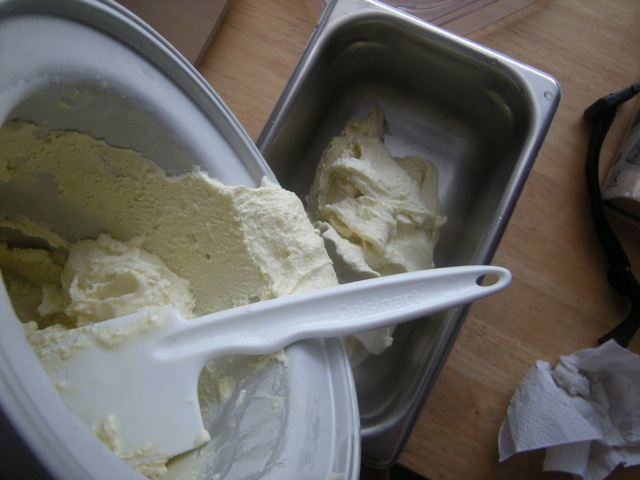
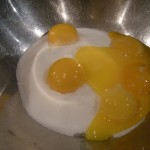
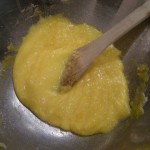
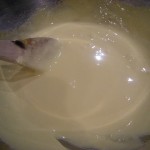
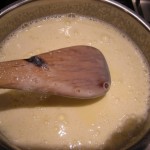
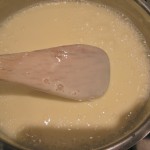
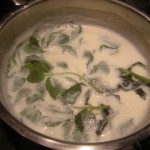
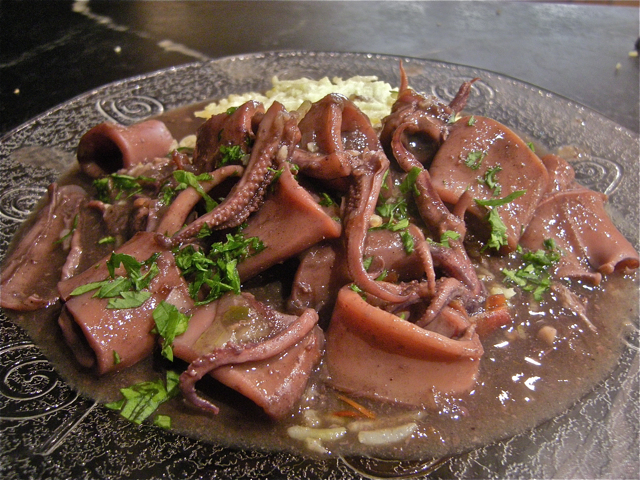
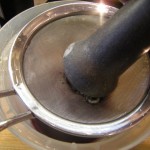
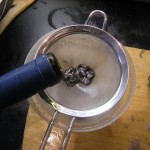
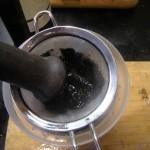


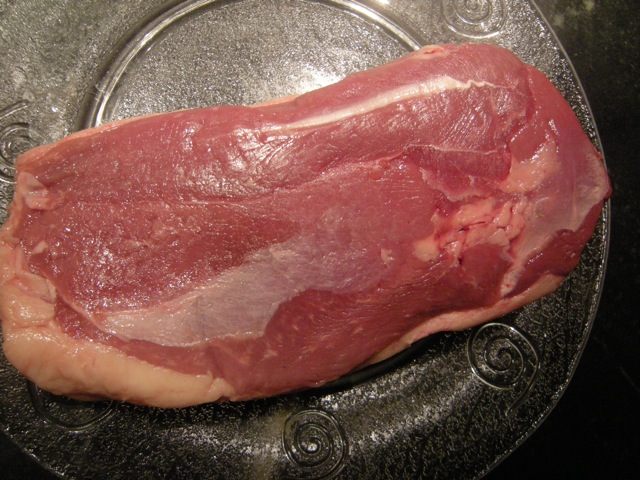
 A bas relief depiction of overfeeding geese
A bas relief depiction of overfeeding geese
